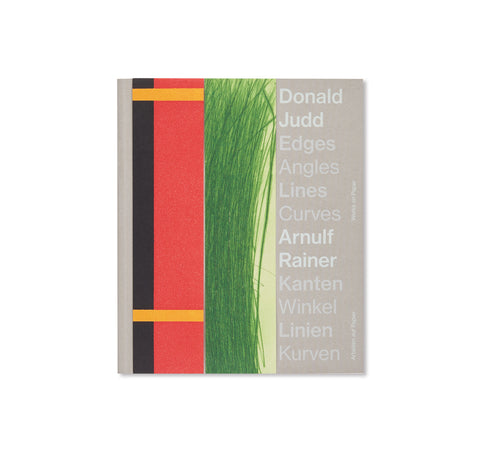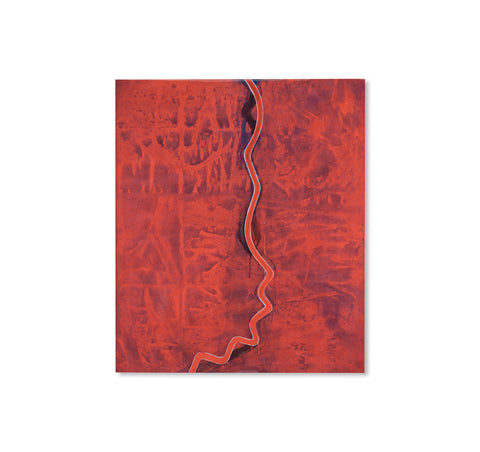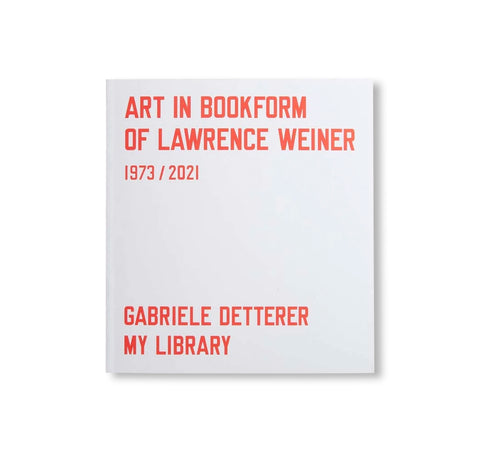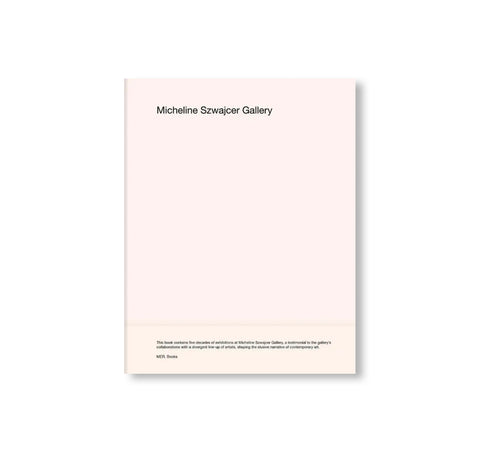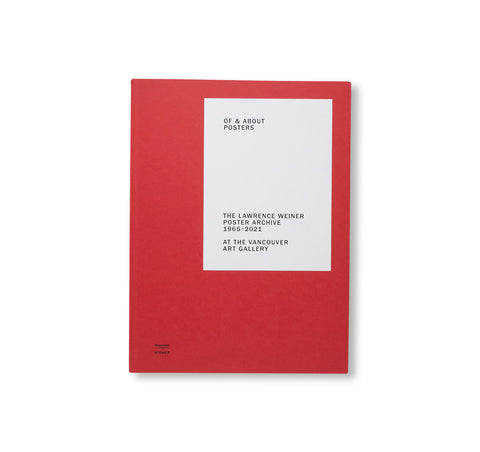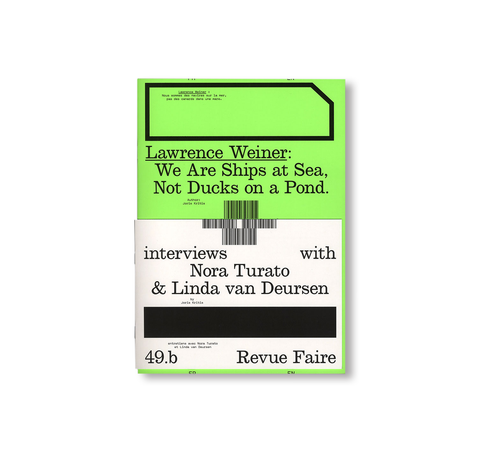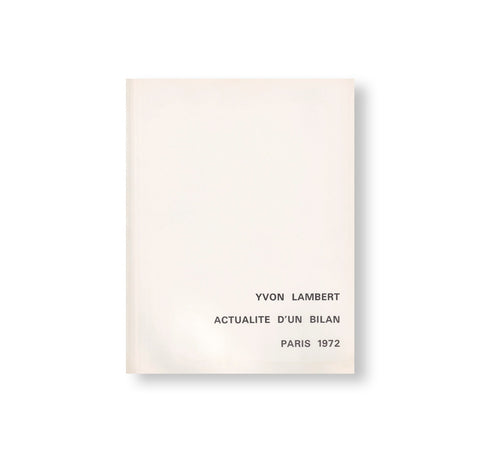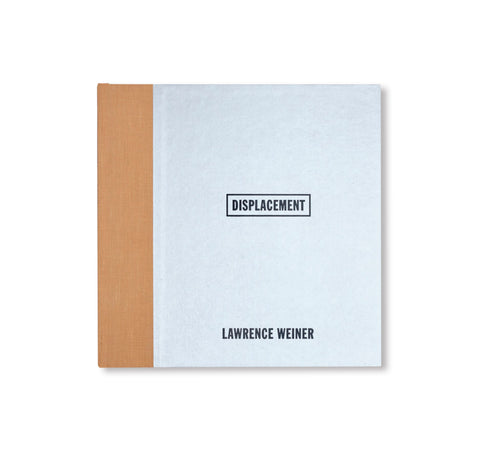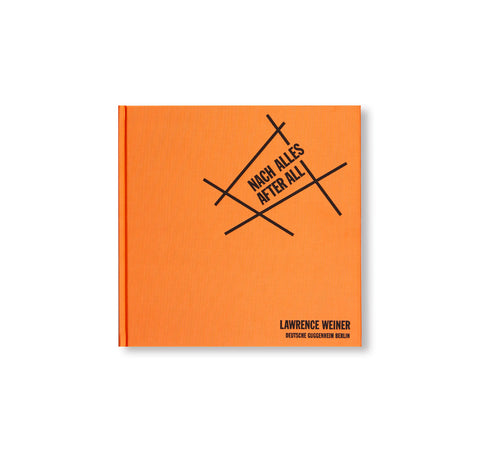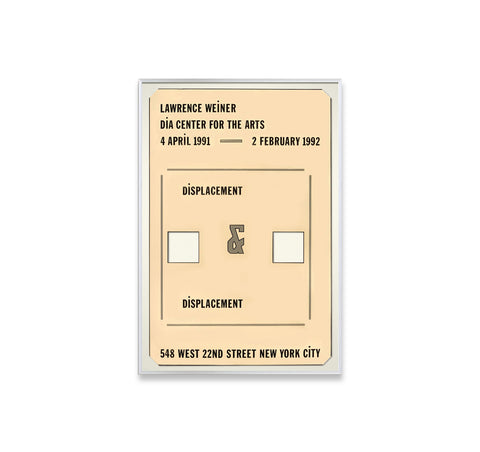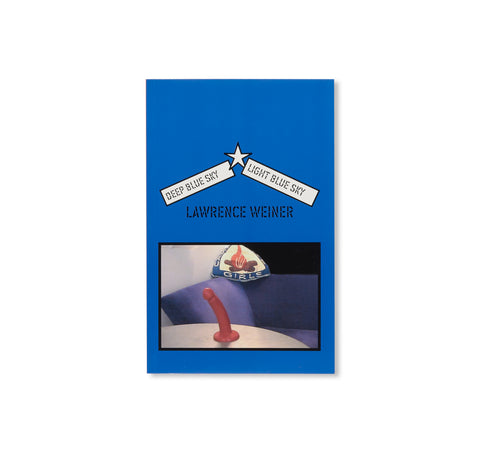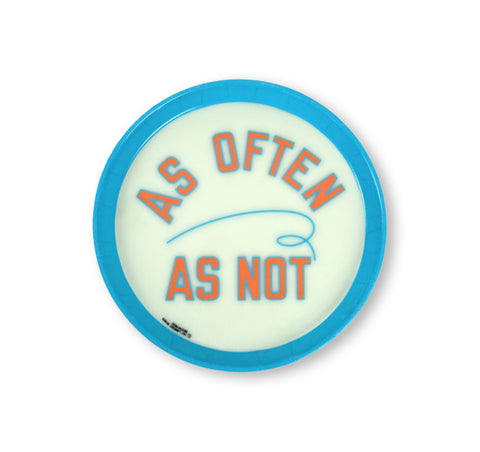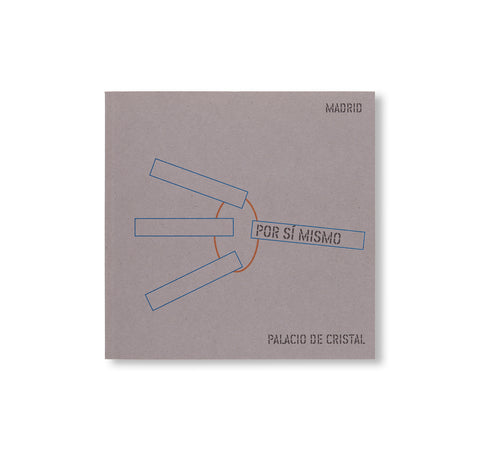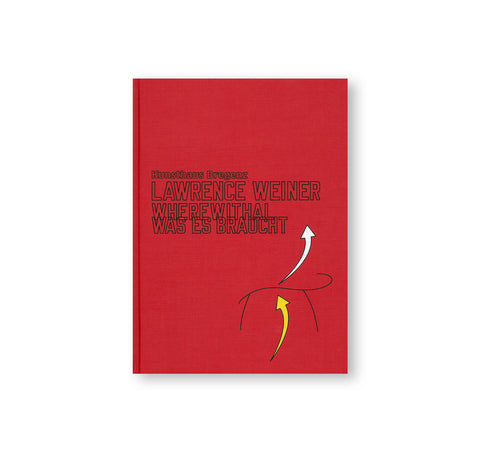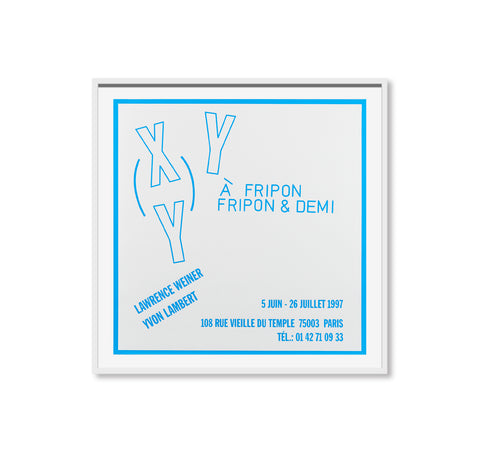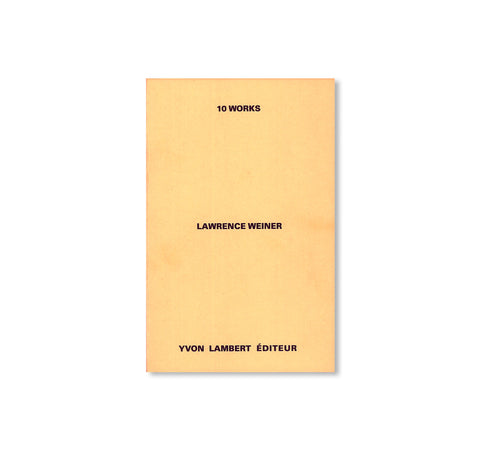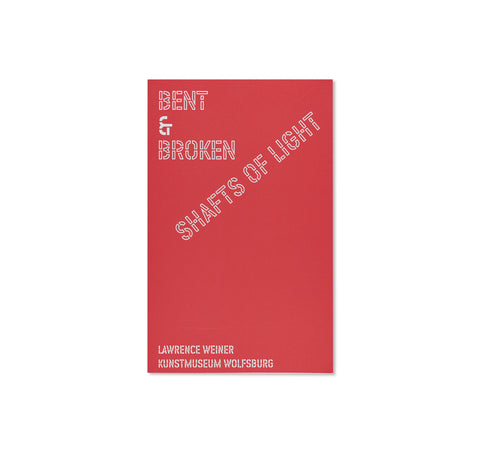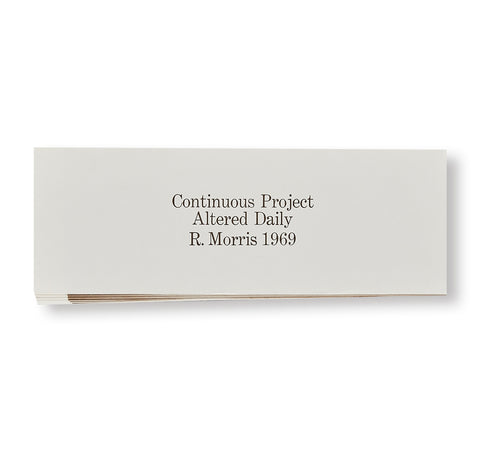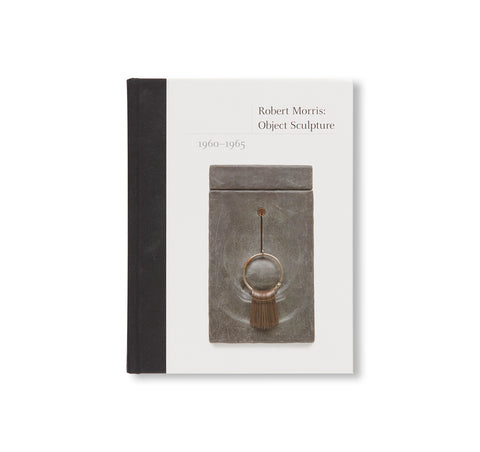OBJECT LESSONS: CASE STUDIES IN MINIMAL ART
1990年から92年にかけてソロモン・R・グッゲンハイム美術館が買い取った「パンツァ・コレクション」(※註)を紹介する一冊。このコレクションは、1960年代から70年代の美術品を集めたコレクションの中でも最高峰の1つと謳われている。時代の先を行ったイタリア人コレクター、ジョヴァンナ & ジュゼッペ・パンツァ・ディ・ビウモ(Giovanna and Giuseppe Panza di Biumo)が蒐集した350点を超えるミニマル、ポストミニマル、コンセプト・アートの作品群で構成されている。
本書は、分野横断的であり技術的かつ美術的歴史の研究プロジェクトでもあるパンツァ・コレクションを通じて、数々の名作のアイデンティティと管理を巡る問題を探求する。研究対象となった140の作品から選ばれたミニマリズムを代表するダン・フレイビン(Dan Flavin)、ドナルド・ジャッド(Donald Judd)、ロバート・モリス(Robert Morris)に、コンセプチュアル・アーティストのローレンス・ウェイナー(Lawrence Weiner)による作品を中心に議論が展開されている。
本書共著者のフランチェスカ・エズメイ(Francesca Esmay)、テッド・マン(Ted Mann)、ジェフリー・ワイス(Jeffrey Weiss)は、美術史と保存修復を組み合わせた多面的な視点から各作品を詳細に紹介する。また、これまであまり顧みられてこなかった制作、所有、展示にまつわる歴史が、この時期の先鋭的な作品の生涯と遺産にもたらした影響も考察する。
美術史家のマーサ・バスカーク(Martha Buskirk)と、美術史家で弁護士のヴァージニア・ラトリッジ(Virginia Rutledge)が寄稿した最終章では、正当性が疑われる、あるいは欠陥があるために展示に適さなくなった作品を分類するためにグッゲンハイムが考案した「デコミッション」という新しいカテゴリーが考察されている。作品および作品が展示された展覧会の写真、関連するドローイングや企画書などを豊富に掲載。アーティストや制作者へのインタビュー、歴史にまつわる資料、未発表の書簡なども収録。
※註 イタリアの不動産・ワイン業者であり、1940年に伯爵の称号を与えられたパンツァ家の後継者、ジュゼッペ・パンツァ・ディ・ビウモ(Giuseppe Panza di Biumo)のコレクション。イタリアでは有数の現代美術のコレクターであり、殊にミニマル・アートの膨大なコレクションを所有していたが、ソロモン・R・グッゲンハイム美術館に売却した。
With its acquisition of the Panza Collection in 1990–92, the Solomon R. Guggenheim Museum assumed one of the premier holdings of art of the 1960s and ’70s, comprising more than 350 examples of Minimal, Post-Minimal, and Conceptual art assembled by the visionary Italian collectors Giovanna and Giuseppe Panza di Biumo. Object Lessons represents a ten-year effort by the Guggenheim to explore questions surrounding the identity and stewardship of these remarkable works through the Panza Collection Initiative, a multidisciplinary study project devoted to researching their technical and aesthetic history.
The volume centers on three works by key figures of Minimal art—Dan Flavin, Donald Judd, Robert Morris—and a fourth by the Conceptual artist Lawrence Weiner, which were selected from among over 140 works investigated over the course of the initiative. Authors Francesca Esmay, Ted Mann, and Jeffrey Weiss present each example in exhaustive detail and from several vantages, combining art history and conservation. Together they explore how a previously unaddressed history of production, ownership, and display has deeply influenced the life and legacy of the radical works of the period.
A concluding chapter, with contributions by art historian Martha Buskirk and art historian and attorney Virginia Rutledge, examines the topic of decommission, a new category of collection classification devised by the Guggenheim for works that are contested or compromised and, therefore, no longer viable for display. Copiously illustrated with photographs of the works, the exhibitions in which they appeared, and related drawings and proposals, the volume also includes extensive excerpts of new interviews with artists and fabricators, key historical documents, and previously unpublished correspondence.
This publication was made possible thanks to the Andrew W. Mellon Foundation which provided generous funding to support the Panza Collection Initiative throughout three phases of project activity.
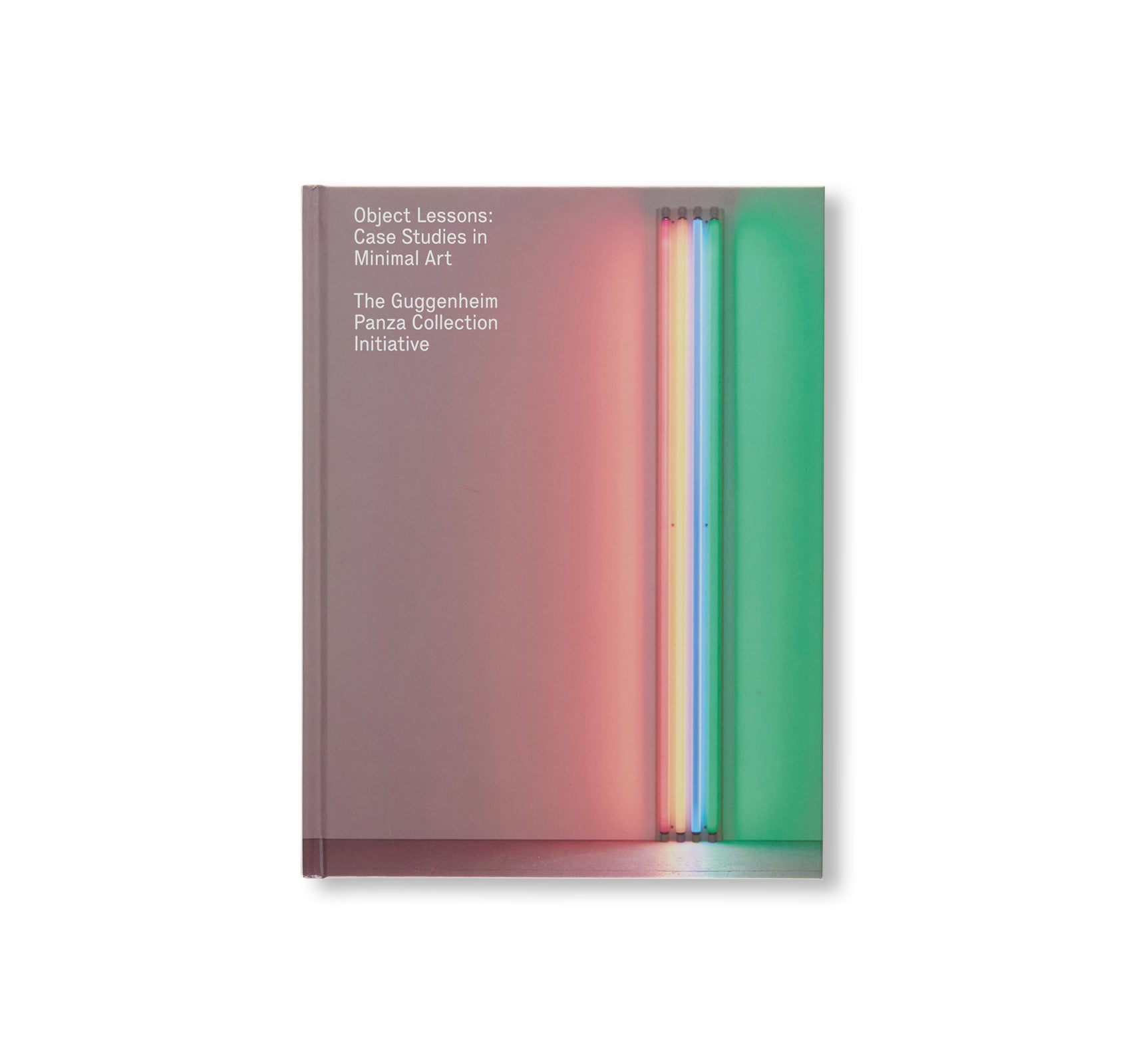
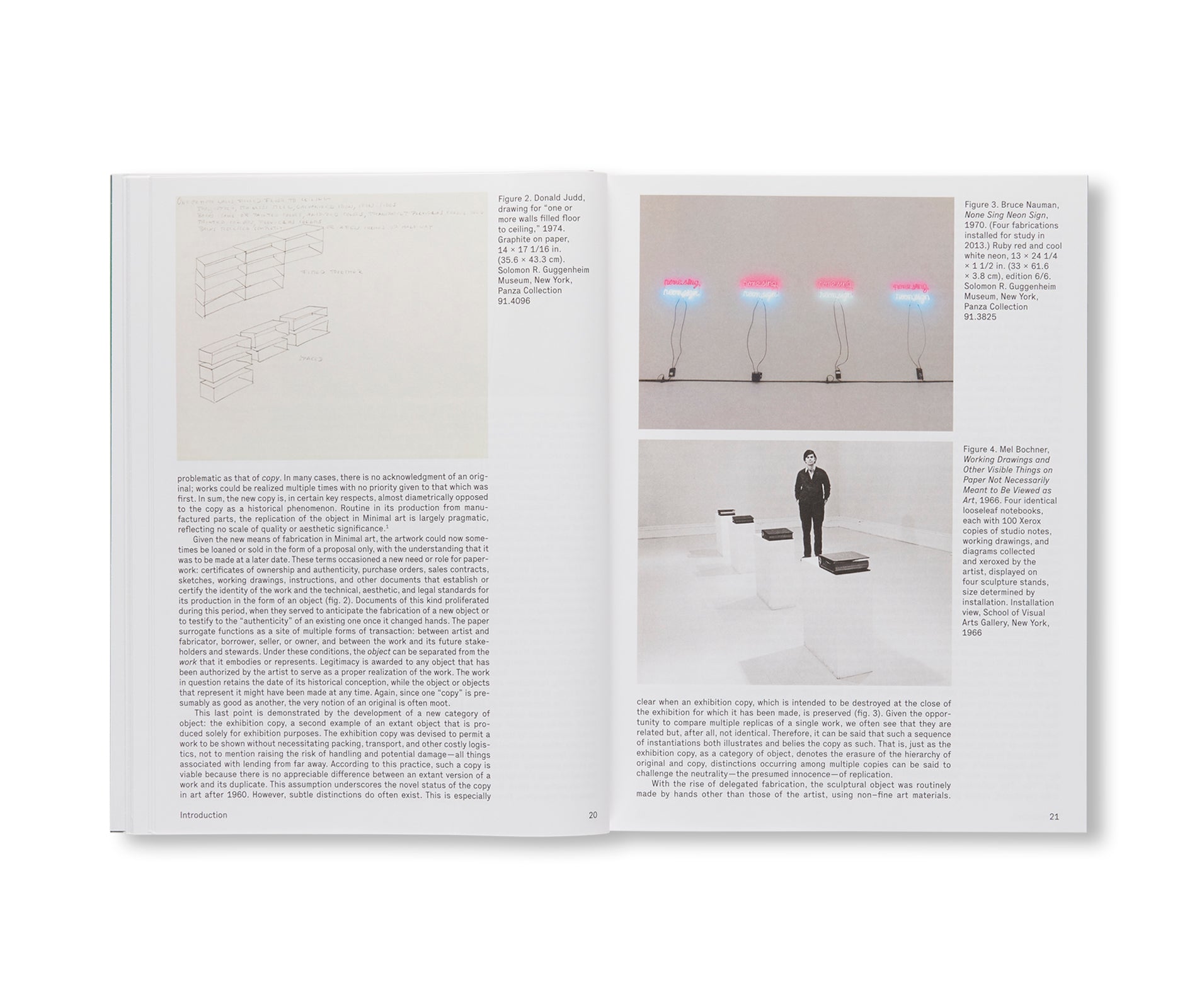
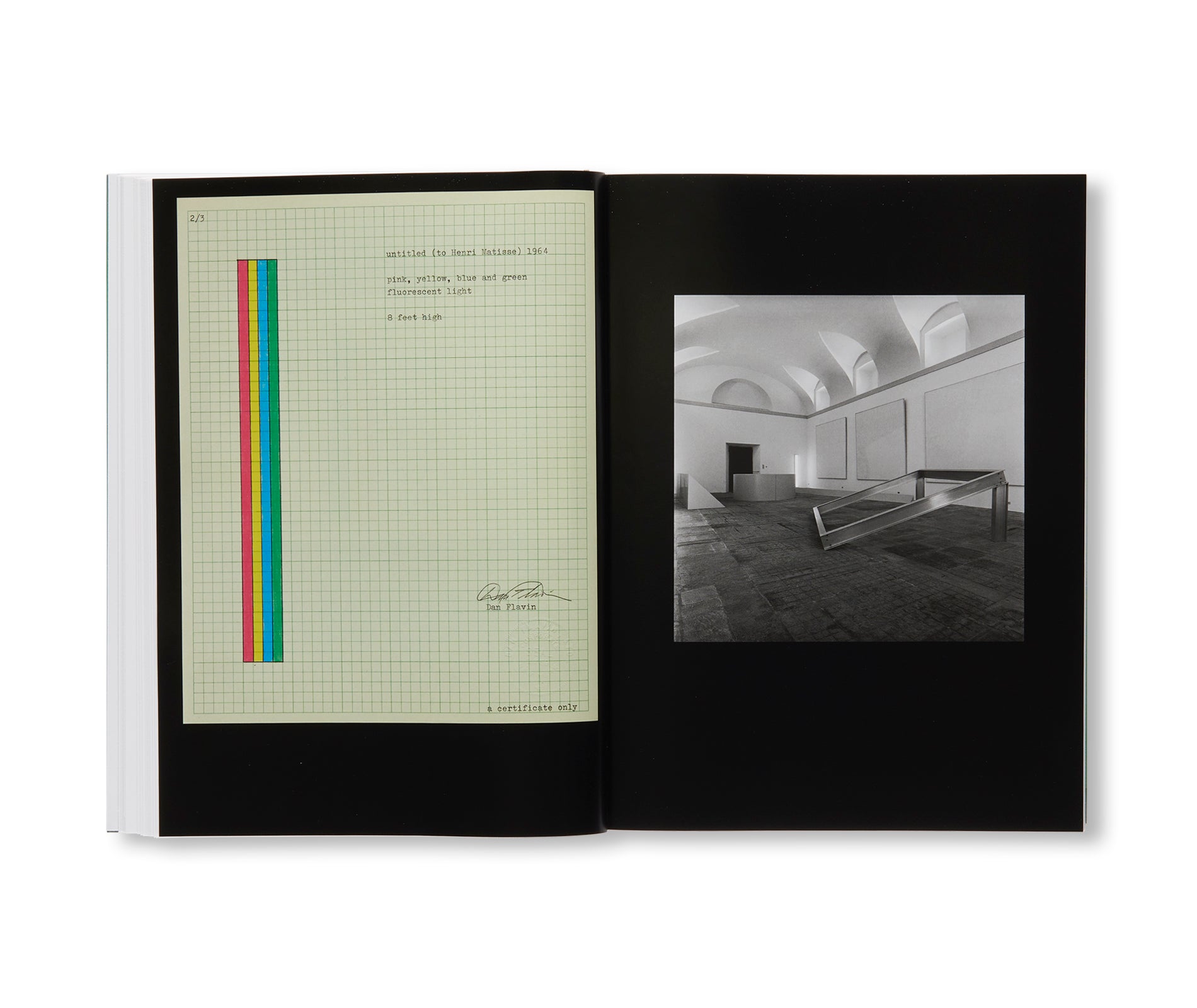
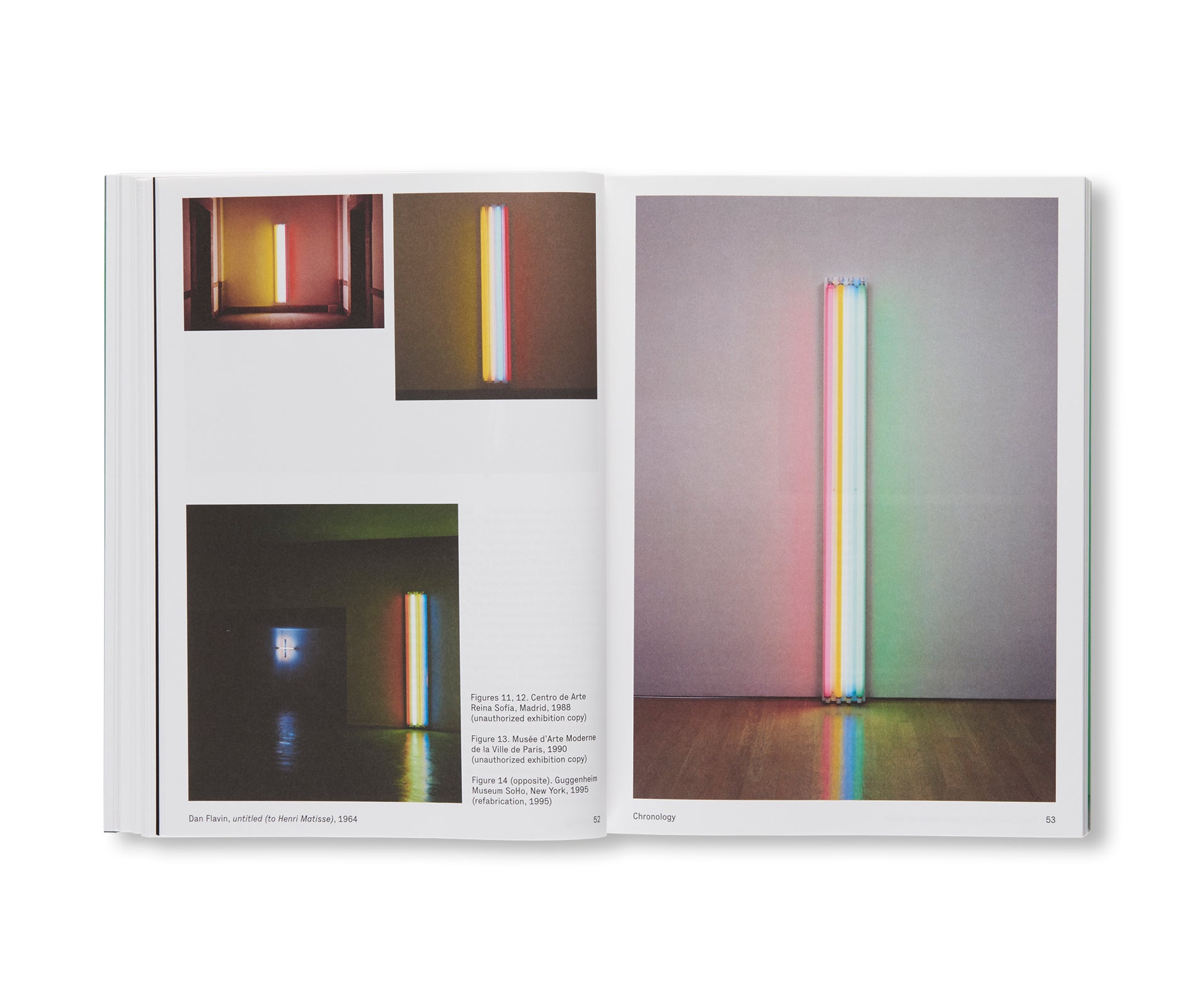
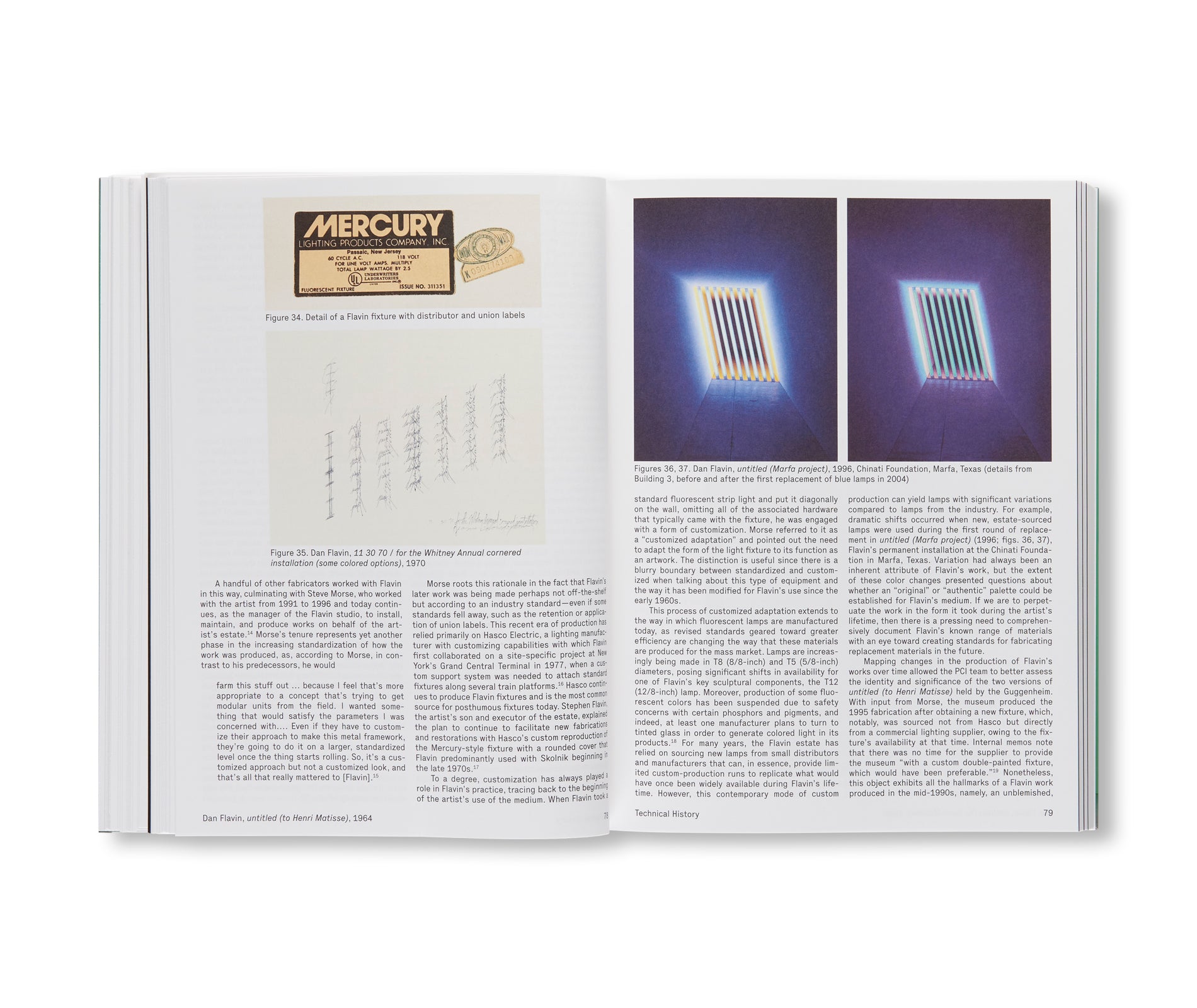
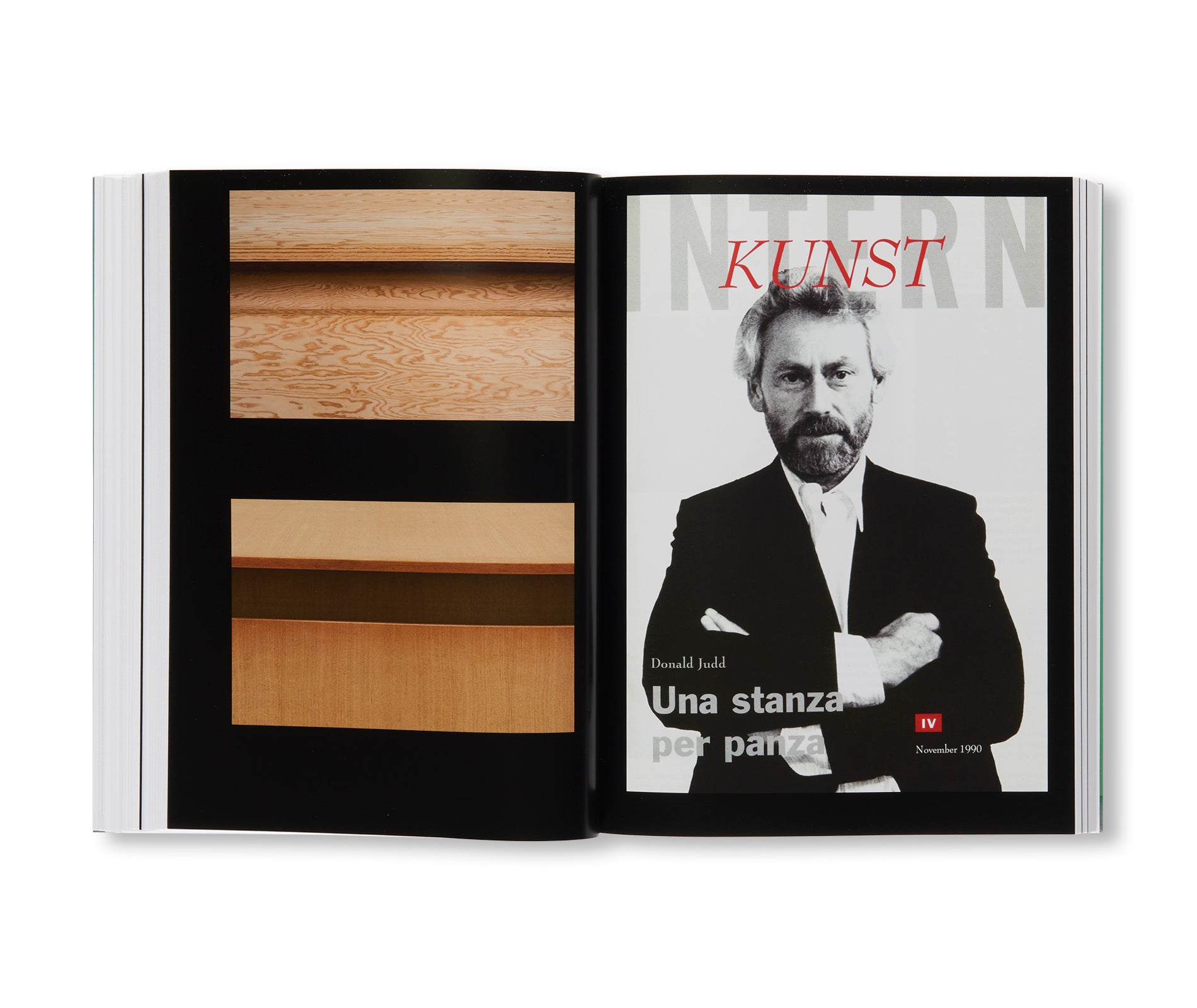
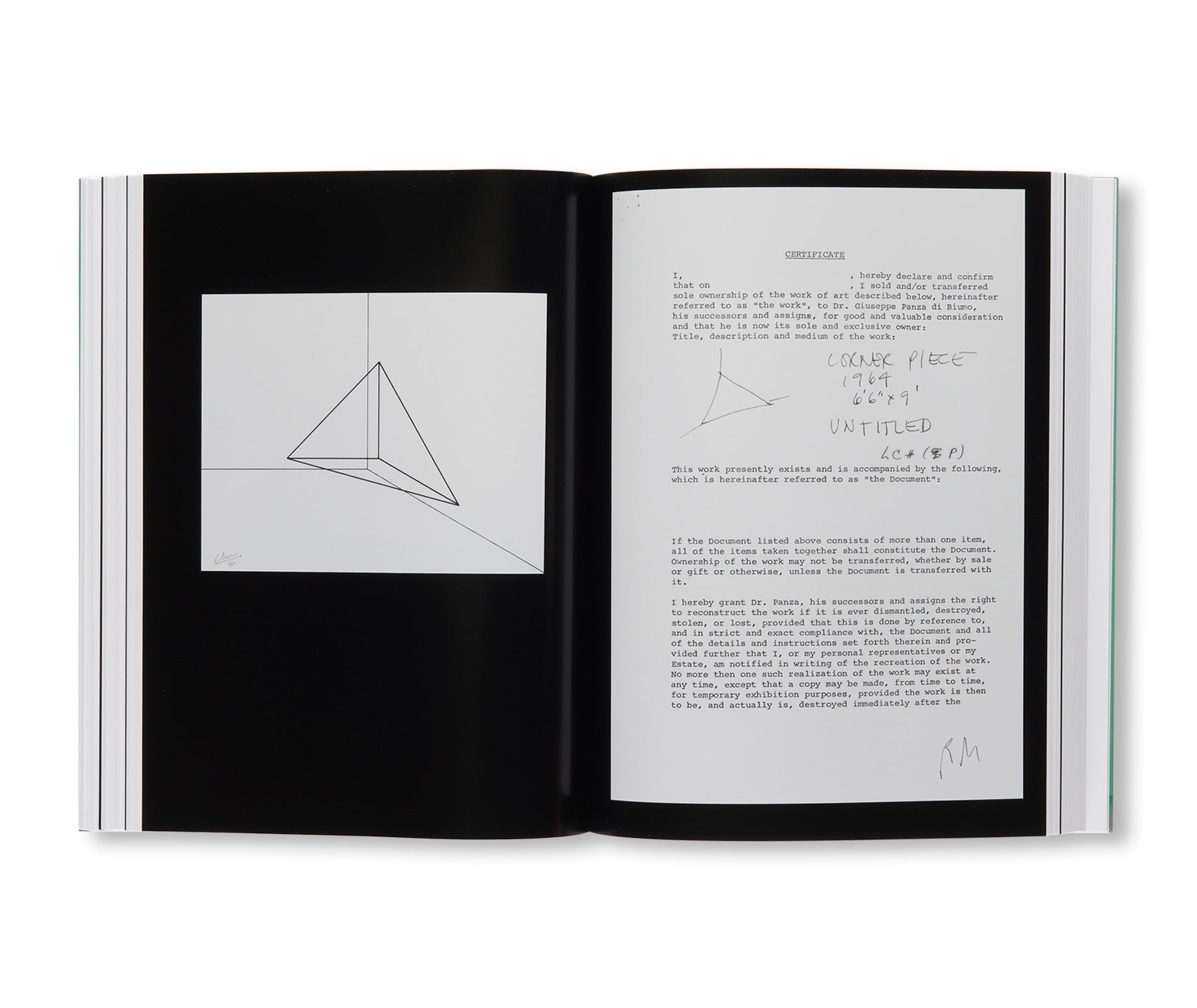
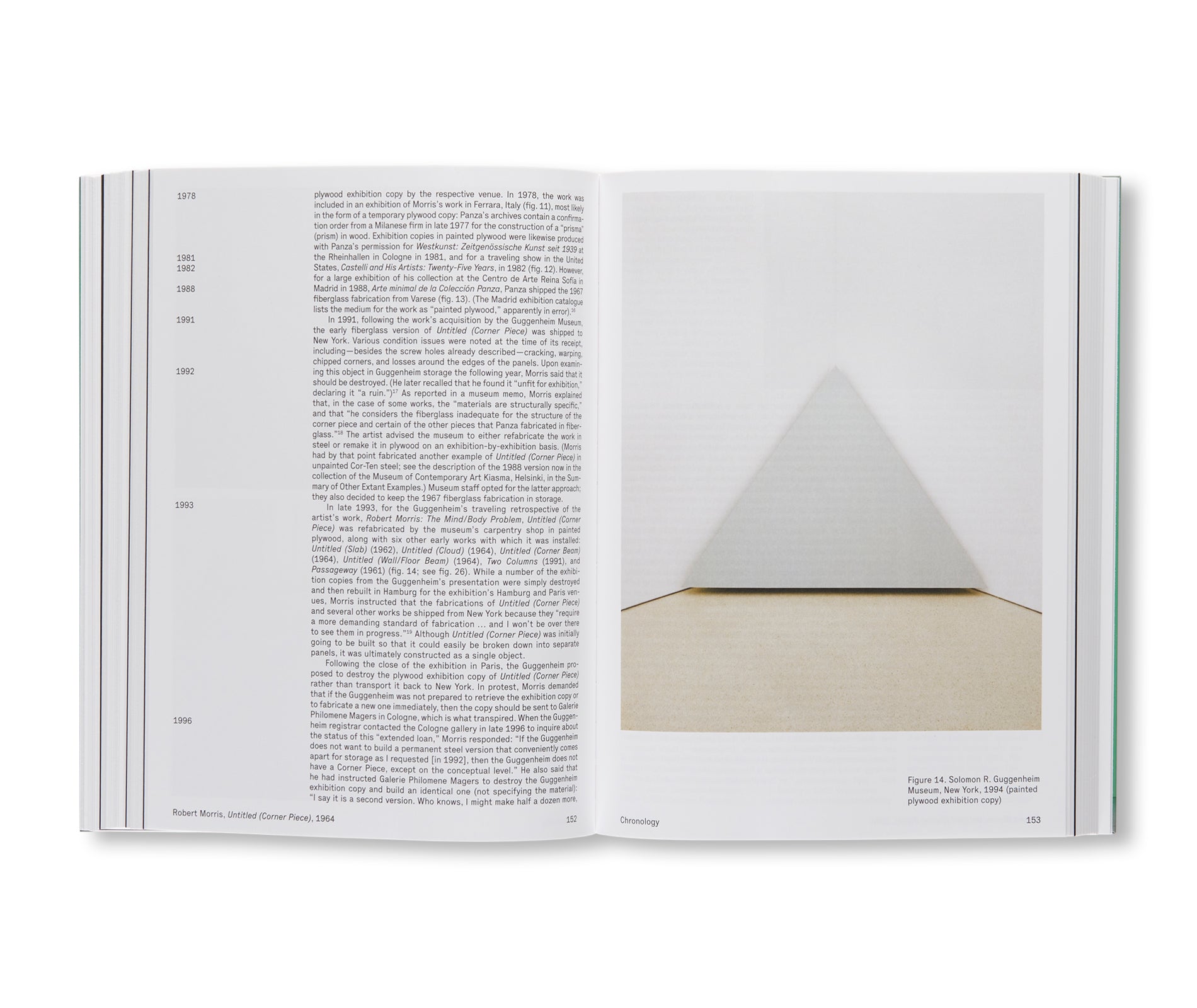
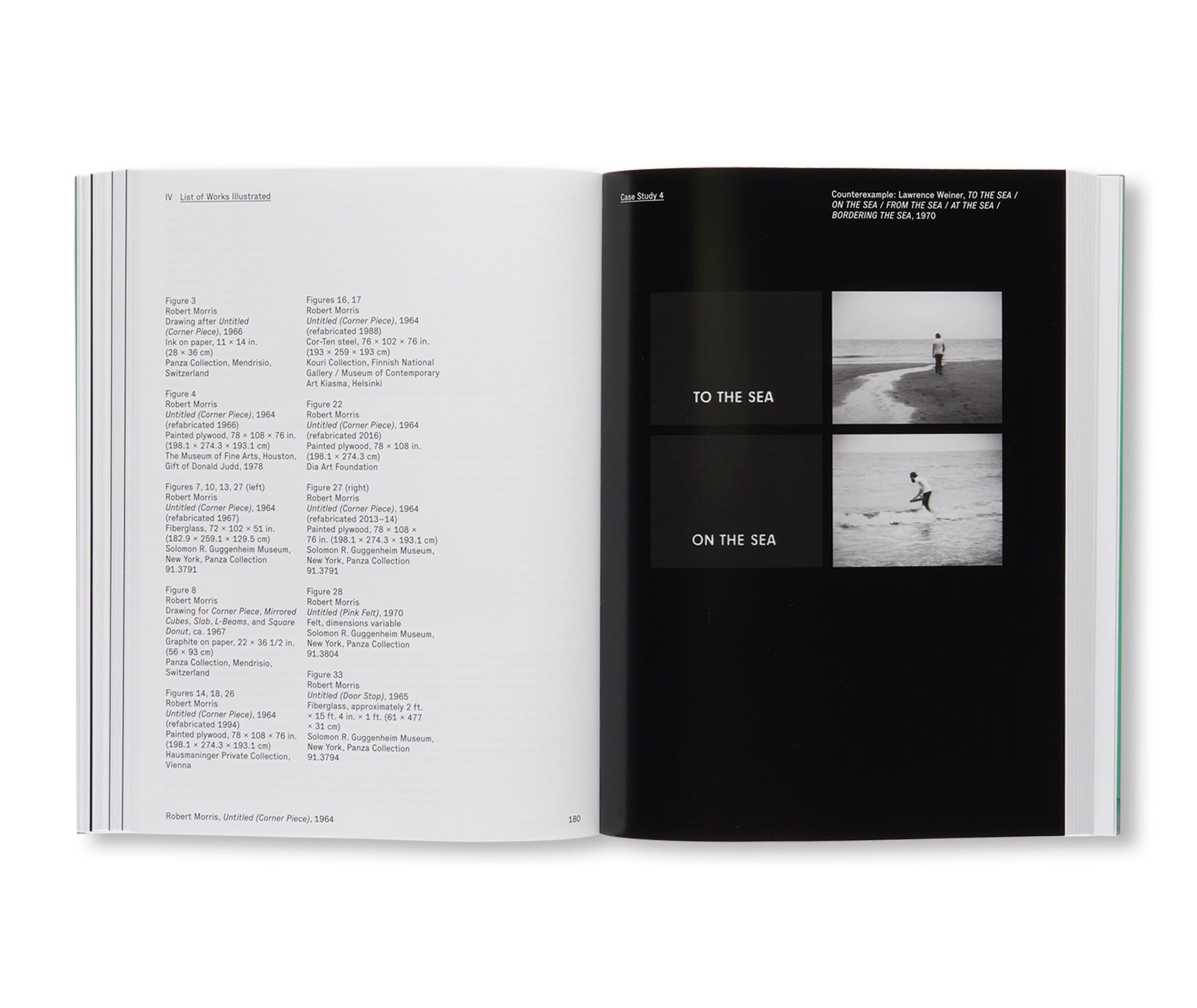
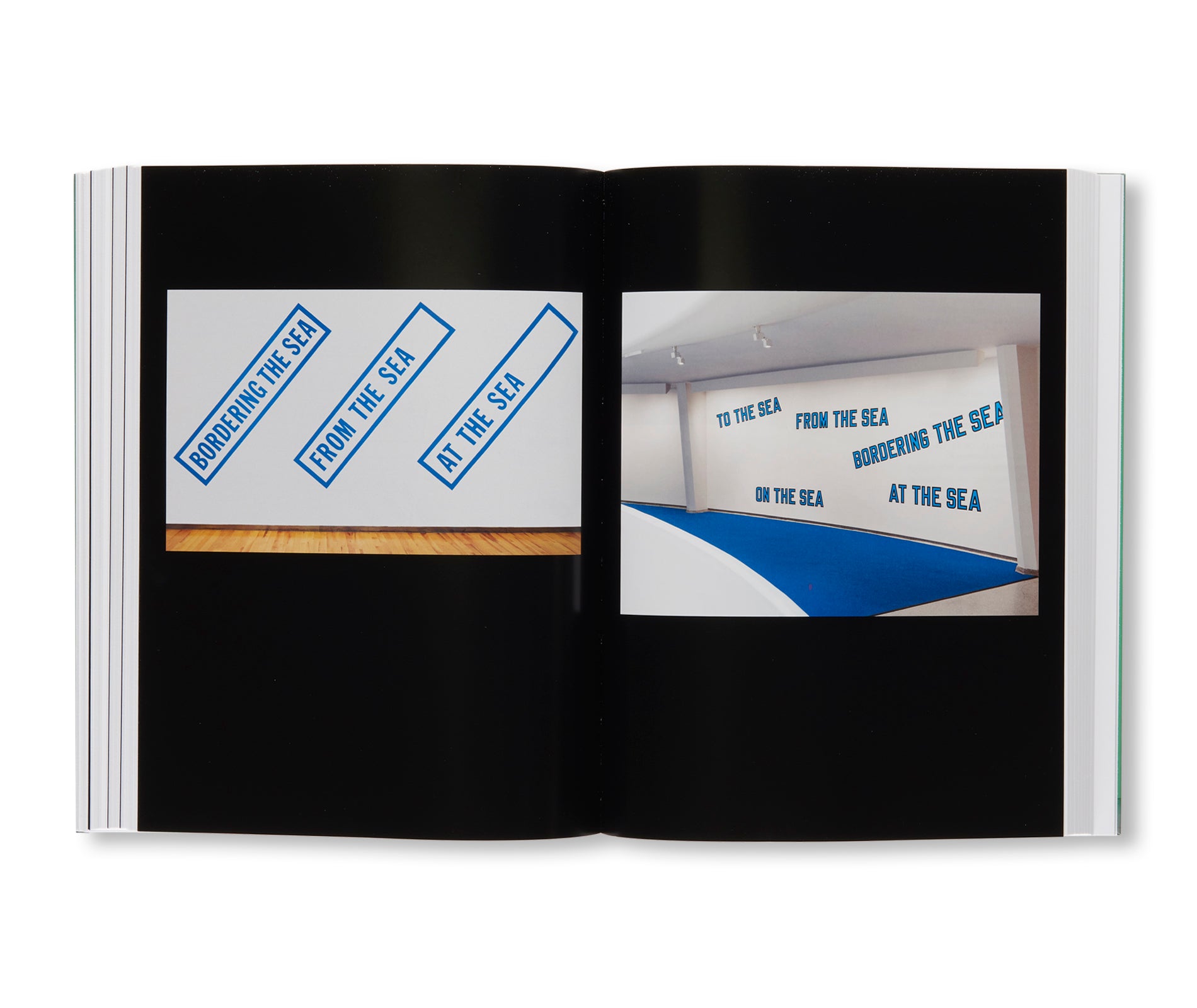
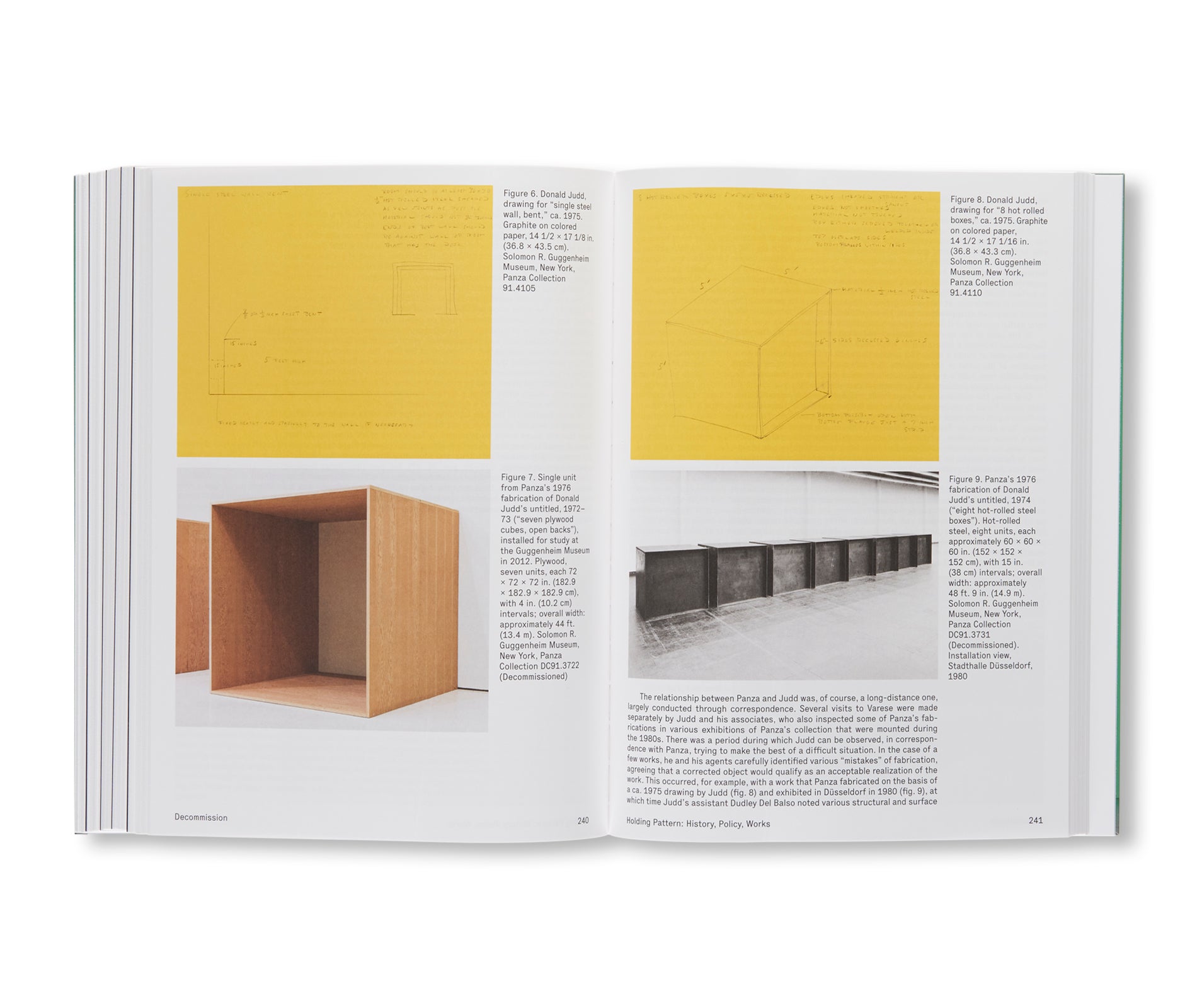
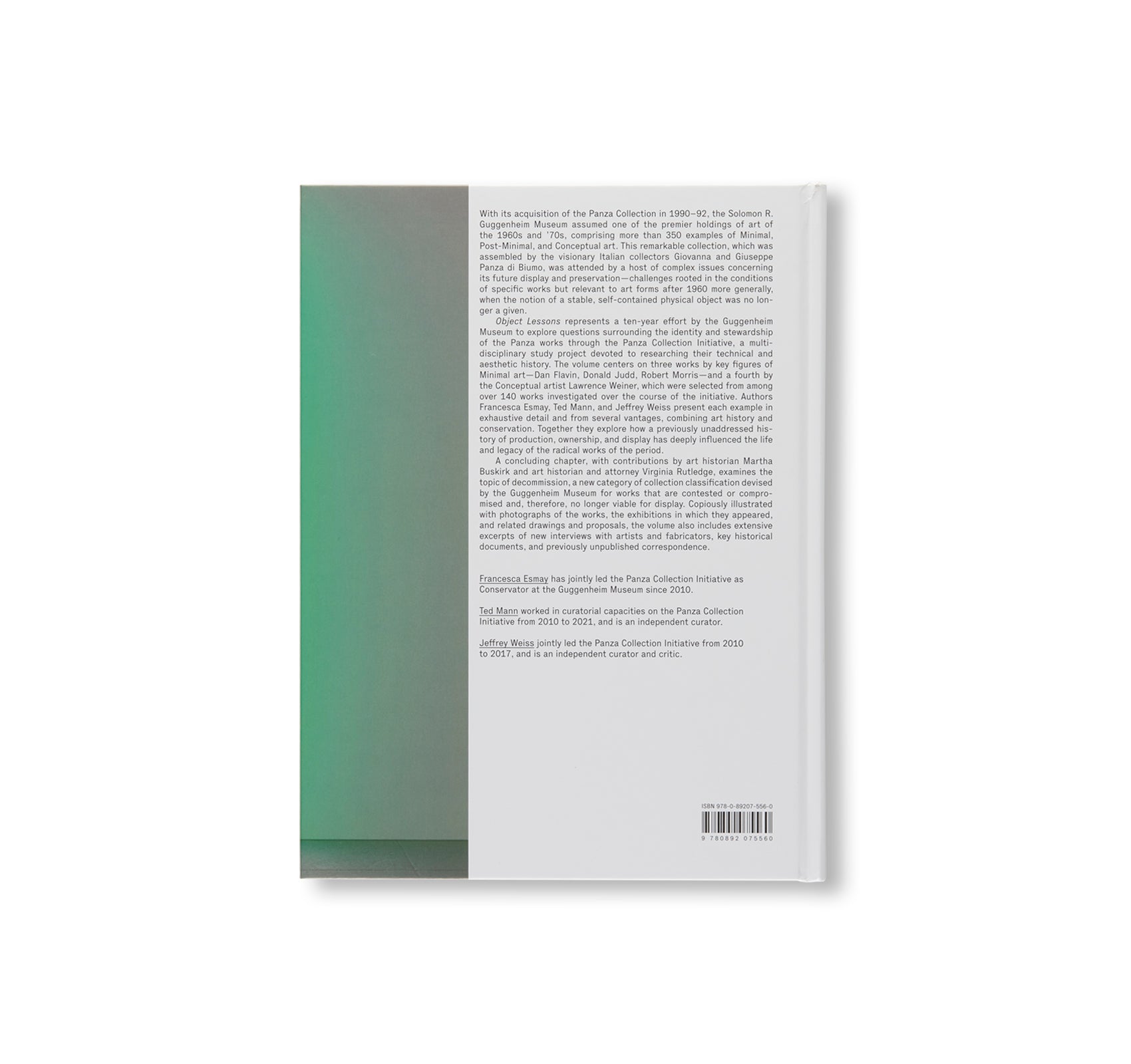
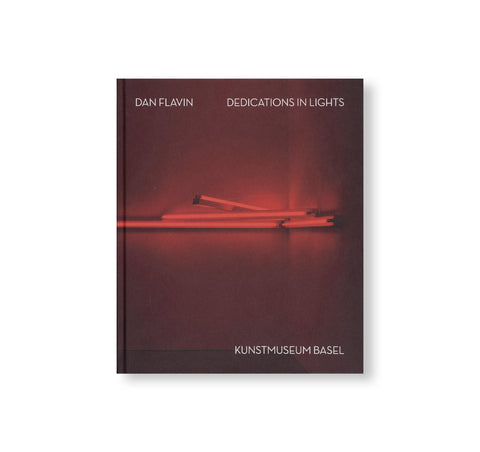

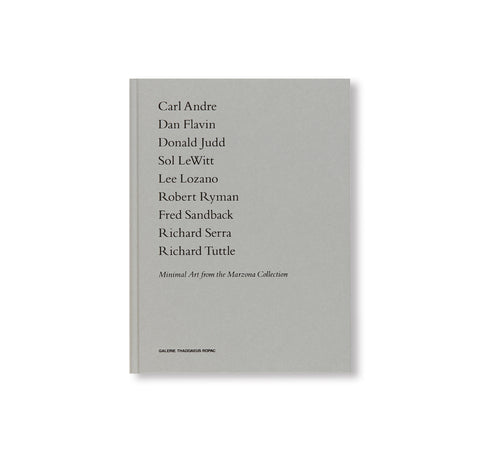
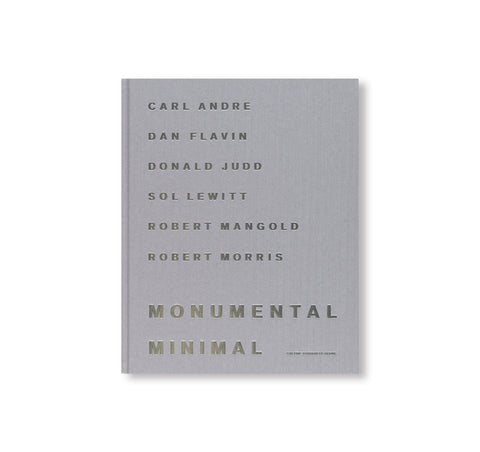
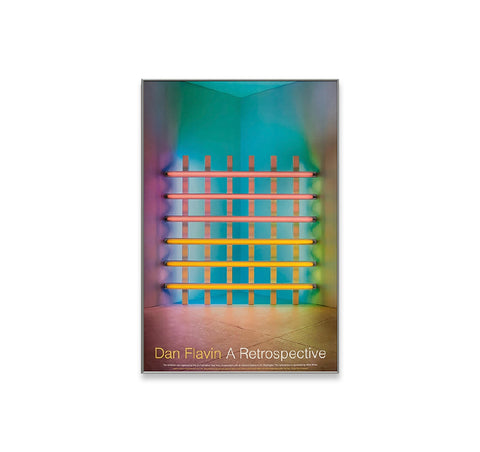
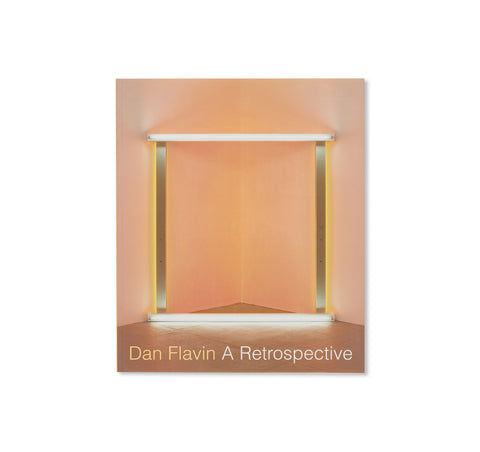
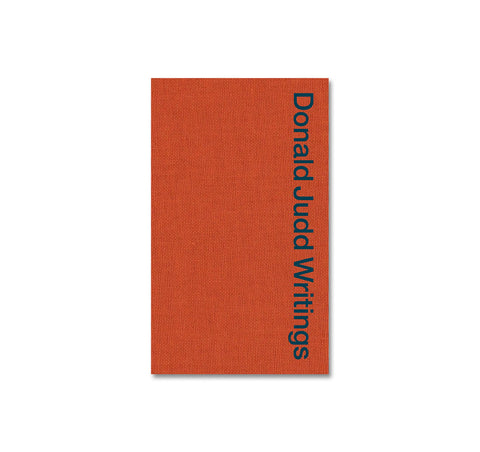



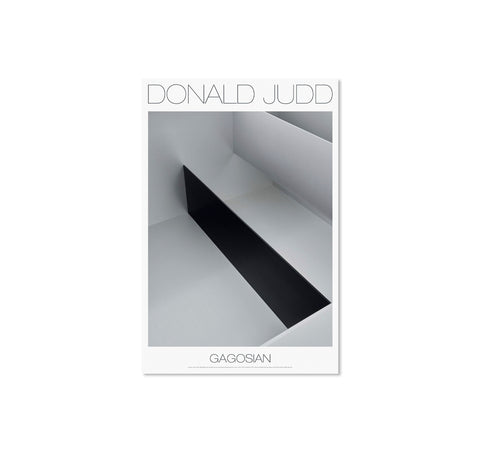
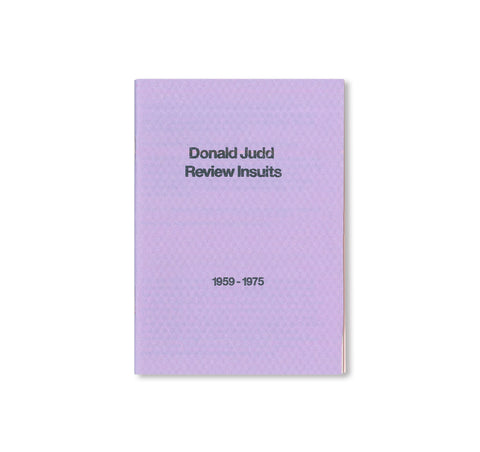
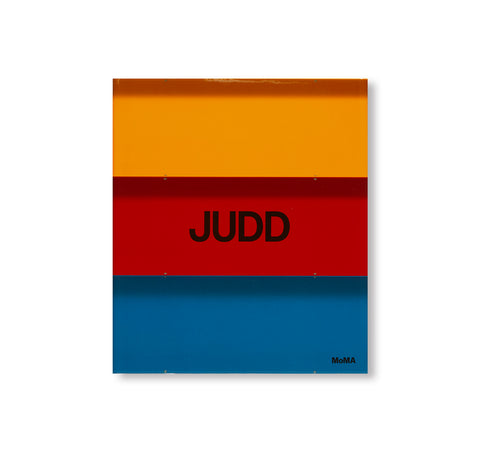
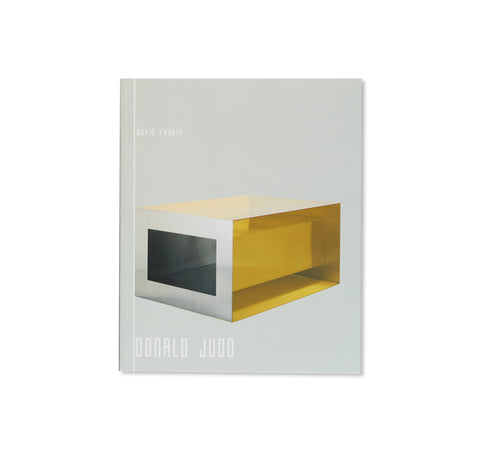
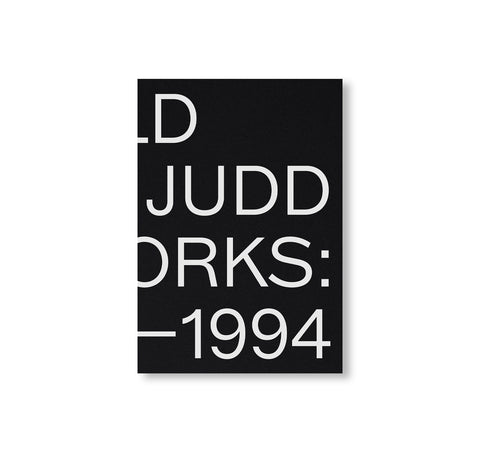

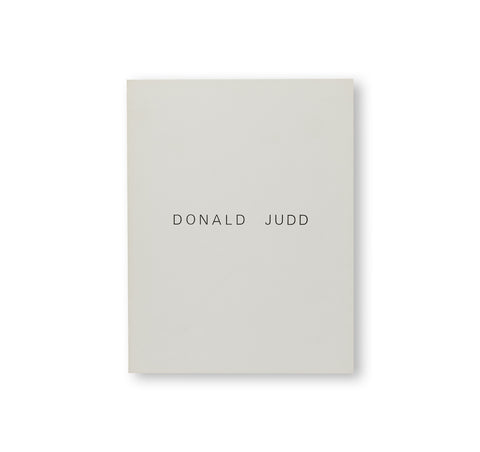
![CHINATI: THE VISION OF DONALD JUDD [SECOND EDITION]](http://twelve-books.com/cdn/shop/products/2106180042_da775169-3210-4f48-8551-1d6abcb71328_large.jpg?v=1626398253)
